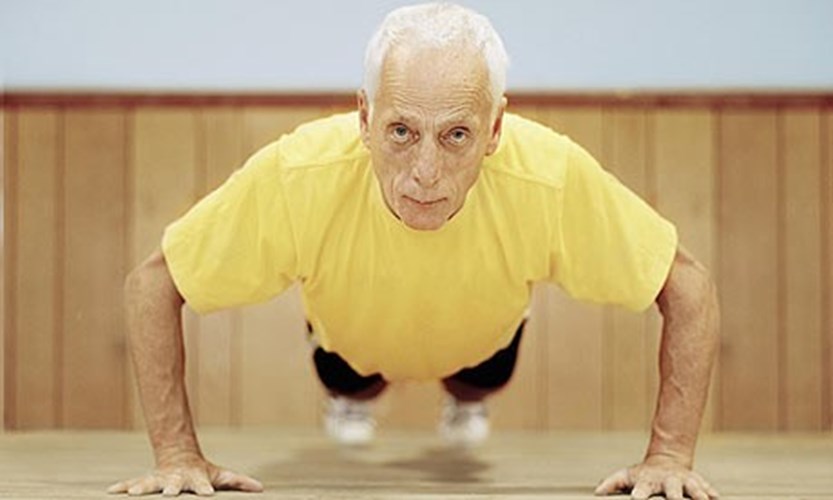
Today we all need to live like Uncle Joe, and our health practitioners job is to help us overcome our ailments that may prevent us from embracing this proactive lifestyle choice. We need to invest more time to keep ourselves strong and well into our 90’s and beyond.
Compared to our ancestors, today, far fewer people exercise as part of their job. Only 6% of Australians reported that they had undertaken a high level of exercise in the two weeks prior to interview, according to the ABS. Most people drive everywhere and the leading causes of death in Australia are heart disease, closely followed by rapidly growing dementia and cancer. Uncle Joe places himself in the lowest risk category for all these diseases and many more by his daily habit of exercising and eating well. We can all achieve a similar result if willing to make it a priority.
Our health system is geared and funded to fix the sick, but not funded to allow health leaders to teach well people how to design their lives so that they will stay young and strong. The message is that people (especially those over 40) need to understand the critical importance of getting their heart rates going every day. But that alone is not enough. Resistance training helps to hold back the tide of loss of skeletal muscle mass and strength as a result of ageing (sarcopenia), loss of nerve supply (denervation) and osteoporosis that collectively makes the elderly frail.
Anyone over 40 should not only increase the amount of time they spend exercising as they get older, but they should also change the way they are exercising. Once everybody turns 30, the maintenance required goes up exponentially each decade. We start to see knees and other cartilage breaking down. The human body loses speed, power, and resilience. That process is on display in professional athletes, most of whom have to quit their jobs between ages 33 and 35.
As the decades progress and high-intensity workouts become more difficult, we should continue to diversify our fitness regimens. We can alternate among cycling, swimming, hiking, or weightlifting, for example. Interval training, which combines brief bouts of high-intensity exercise with longer, lower-intensity exercise, can be particularly beneficial in middle age and beyond.
Dr Mandelbaum’s book called The Win Within, highlights that you are what you eat, drink, think, and do. Just as exercise has to change when we reach middle age, so does our diet. With less lean body mass, metabolism slows and the risk for diabetes increases. So the older we get, the more we should avoid foods with a high glycaemic index. Progressively cutting out the hidden sugar in our diet is a worthwhile endeavour as we age.
Dr Mandelbaum also highlights that the cultivation of mental health also becomes increasingly important with age. Research has increasingly validated the value of practices such as yoga and tai chi, which combine meditation with movement. They can be as powerful as medication in reducing joint pain and cardiovascular risk, and in improving mood, but with fewer adverse effects.
Physical activity works on a genetic level, too, switching genes on and off like apps on an iPhone. Some epigenetic information can be passed from one generation to another. We have an opportunity to affect not only ourselves but also generations to come.